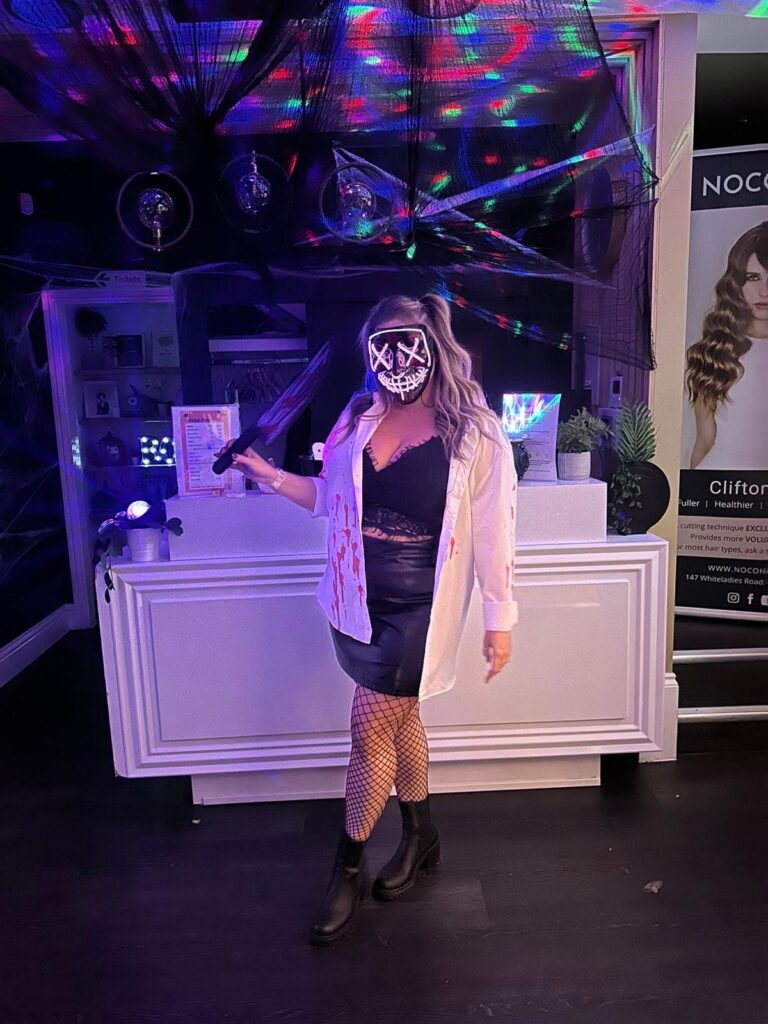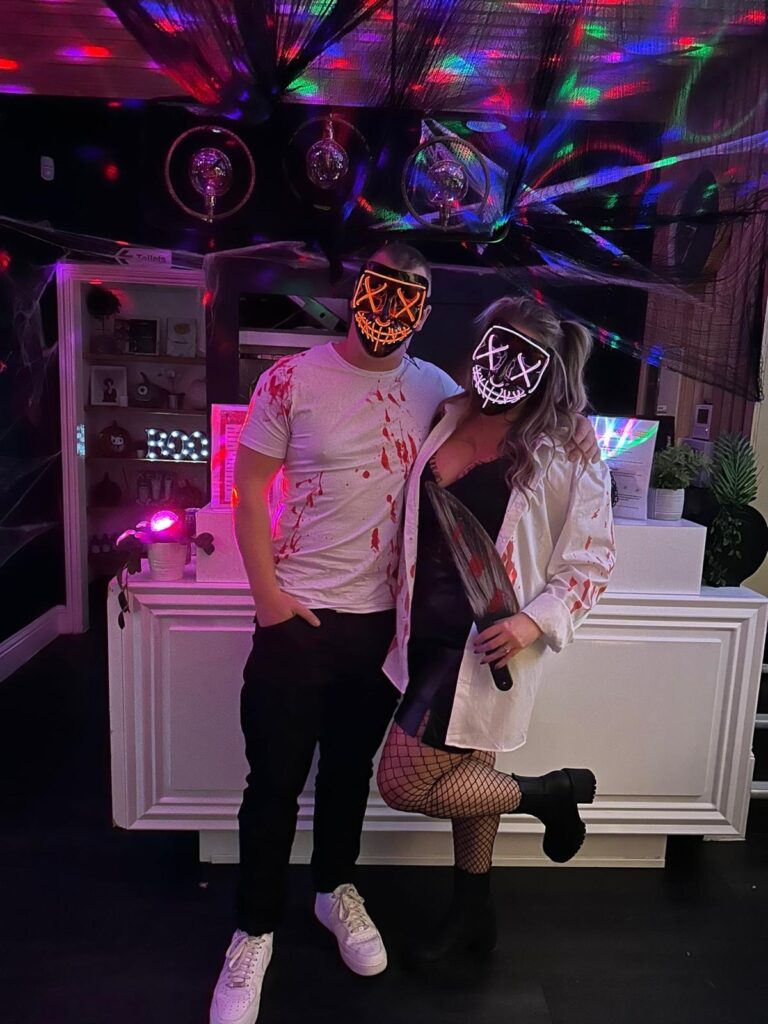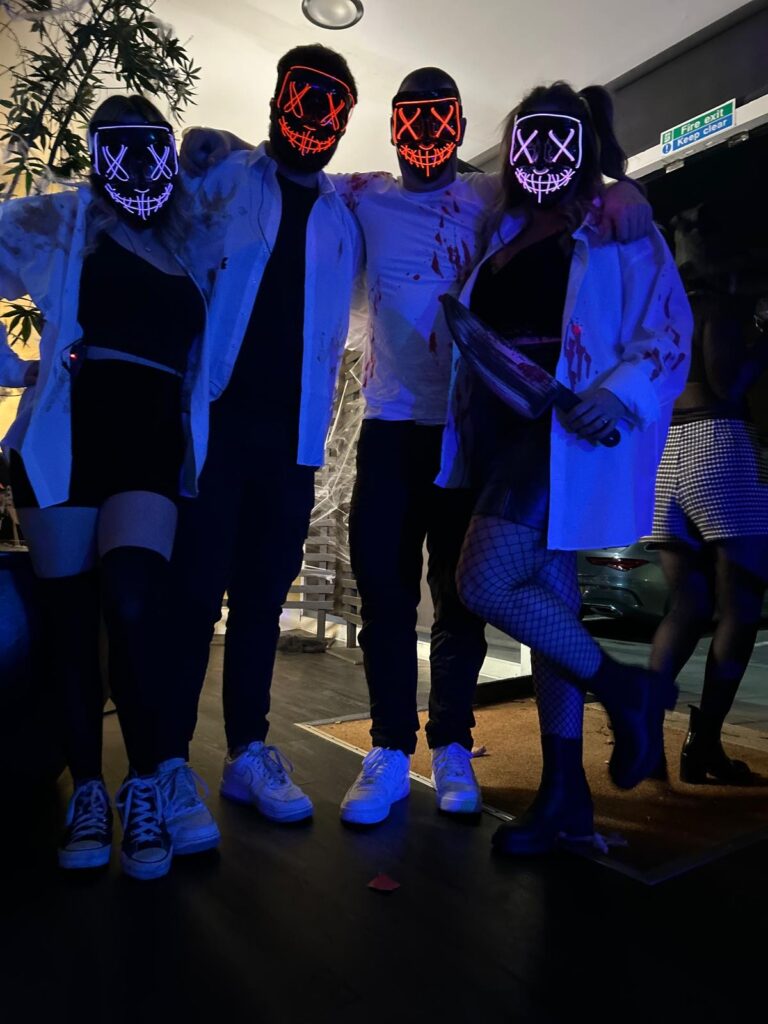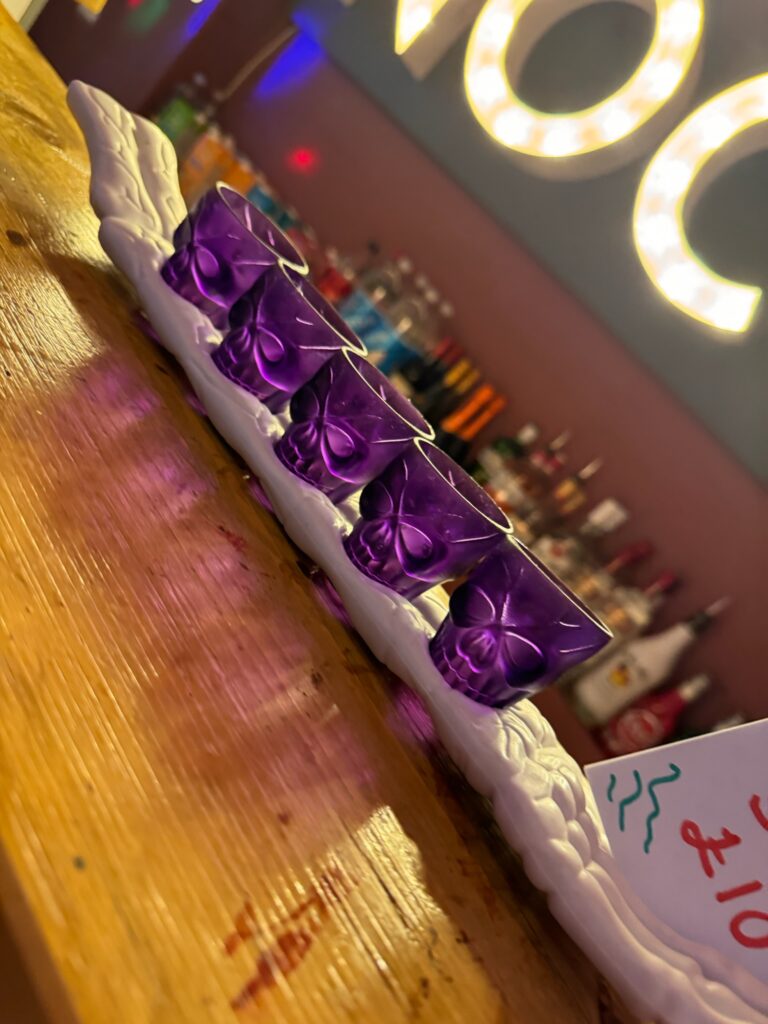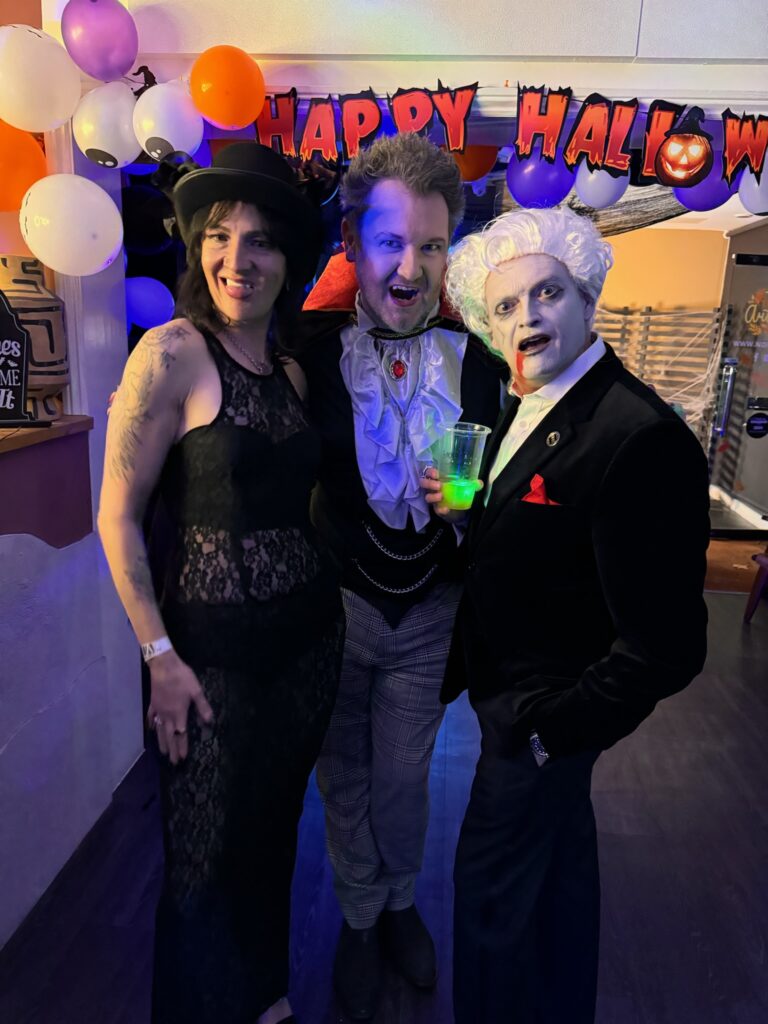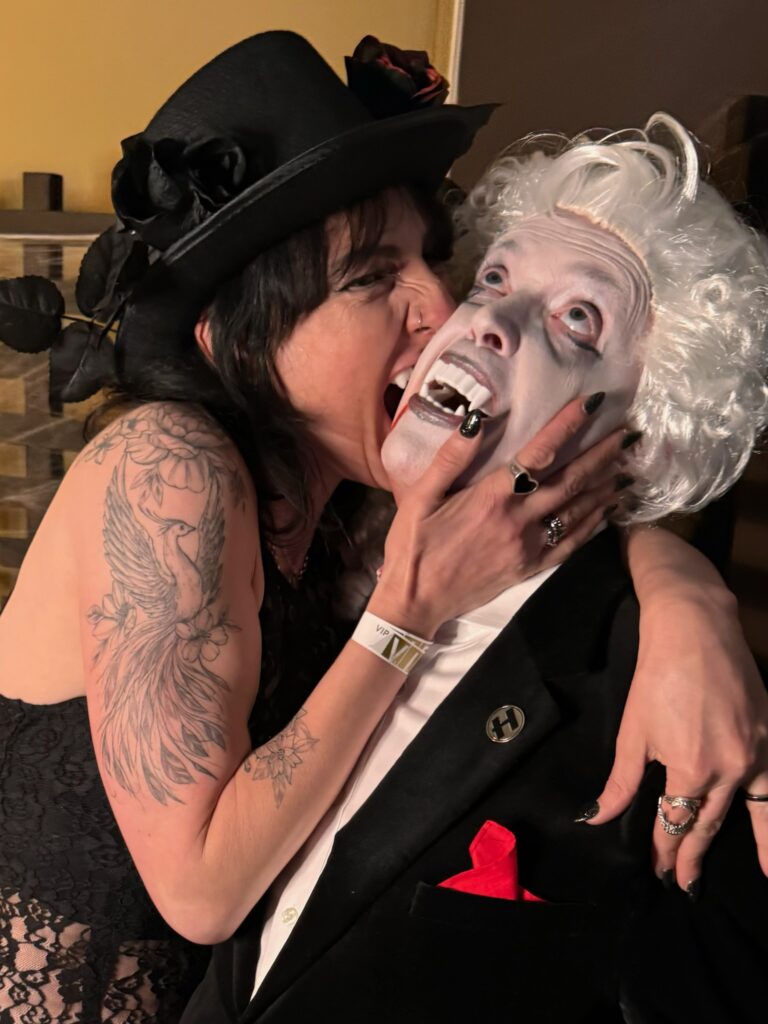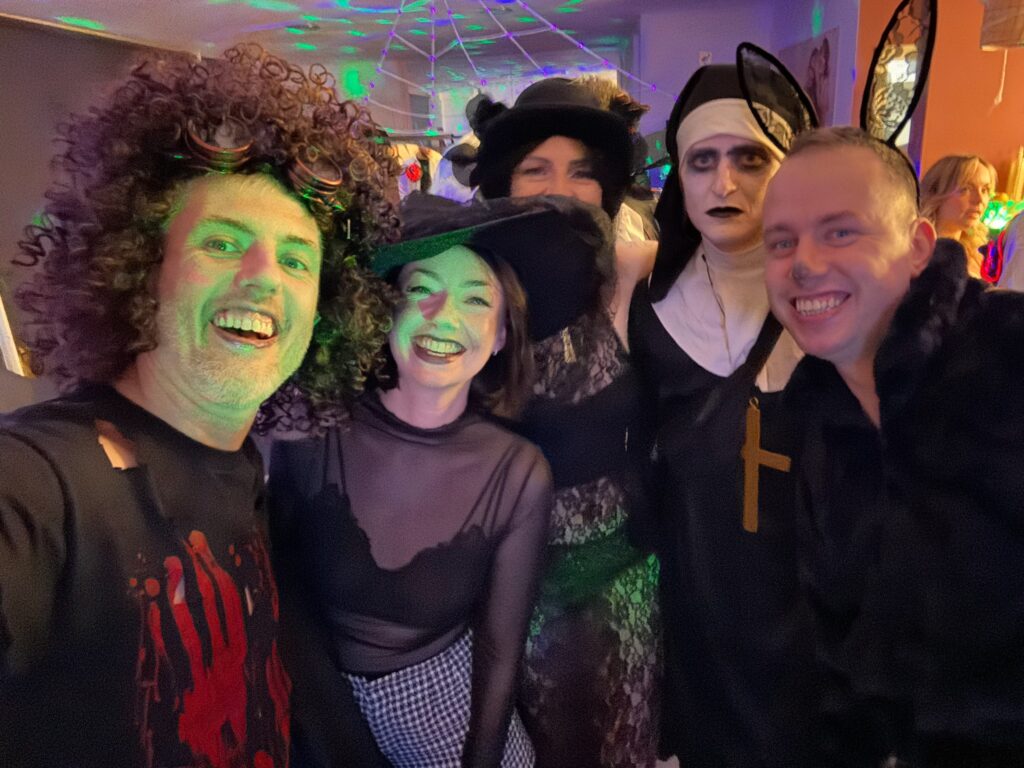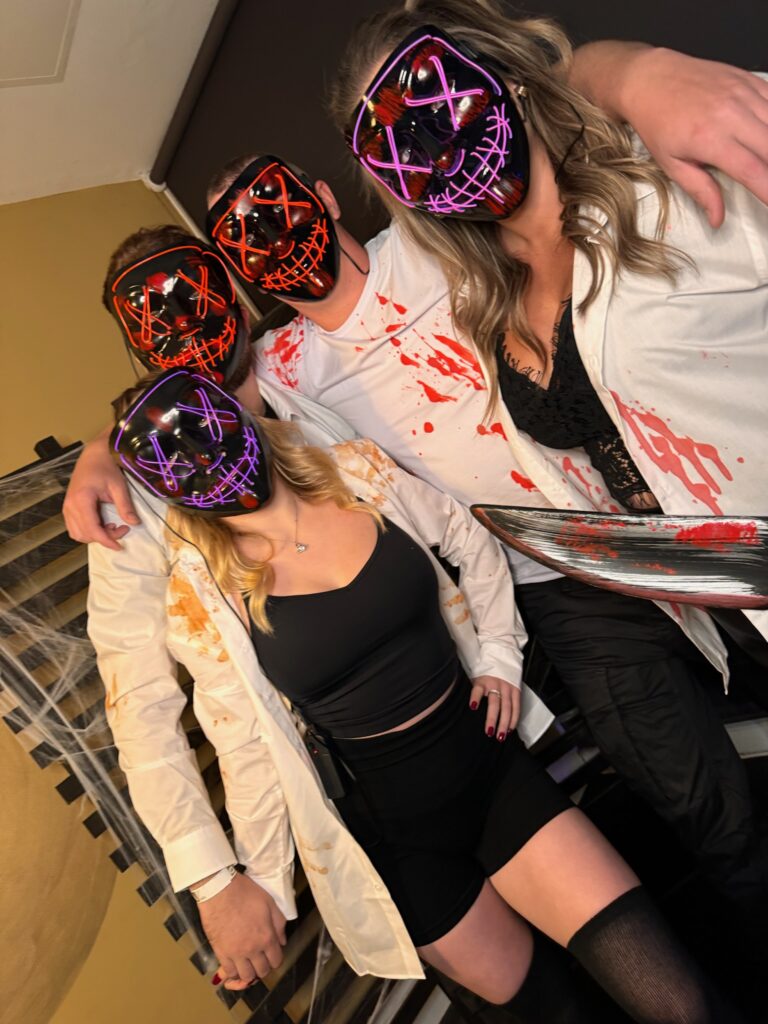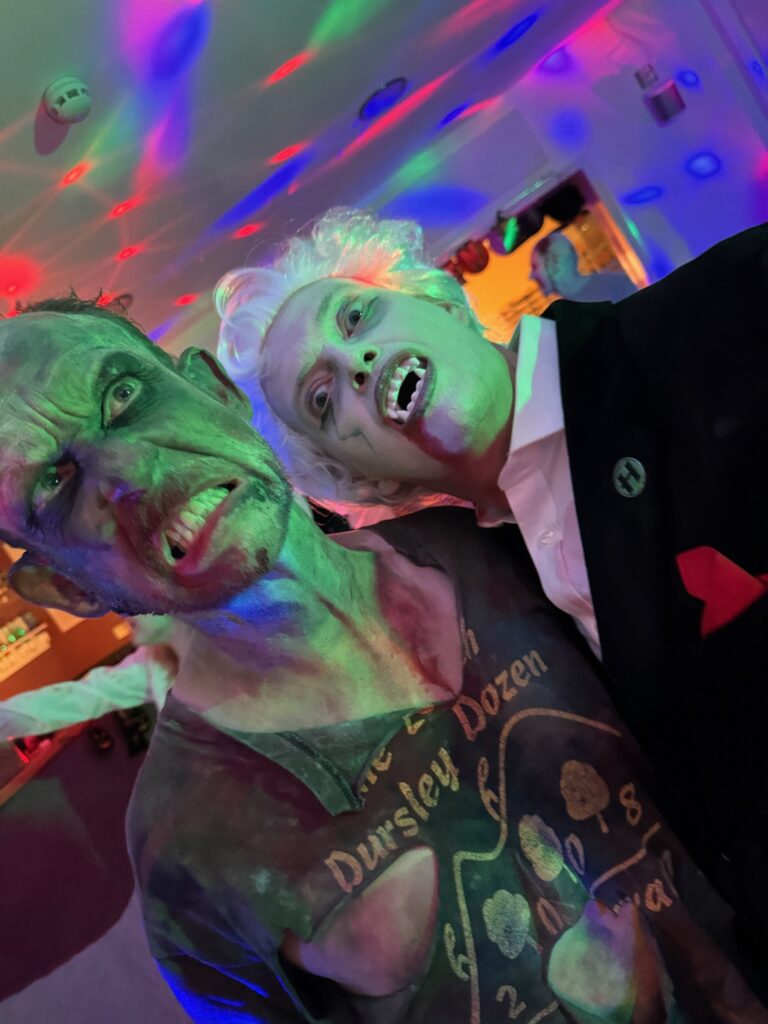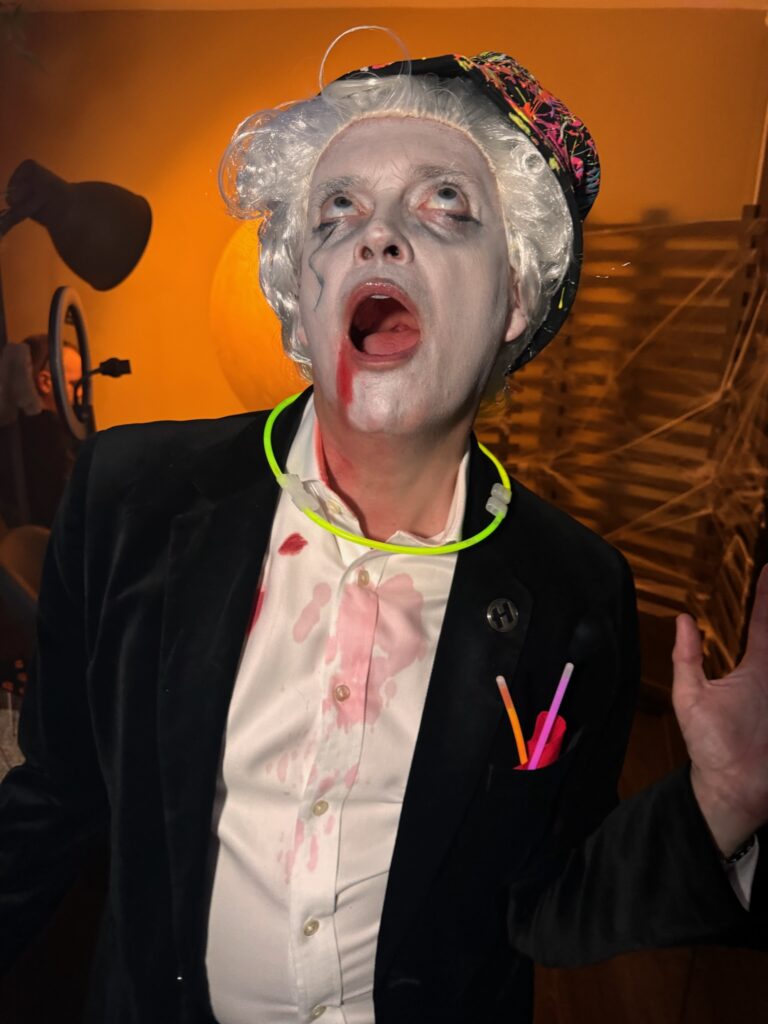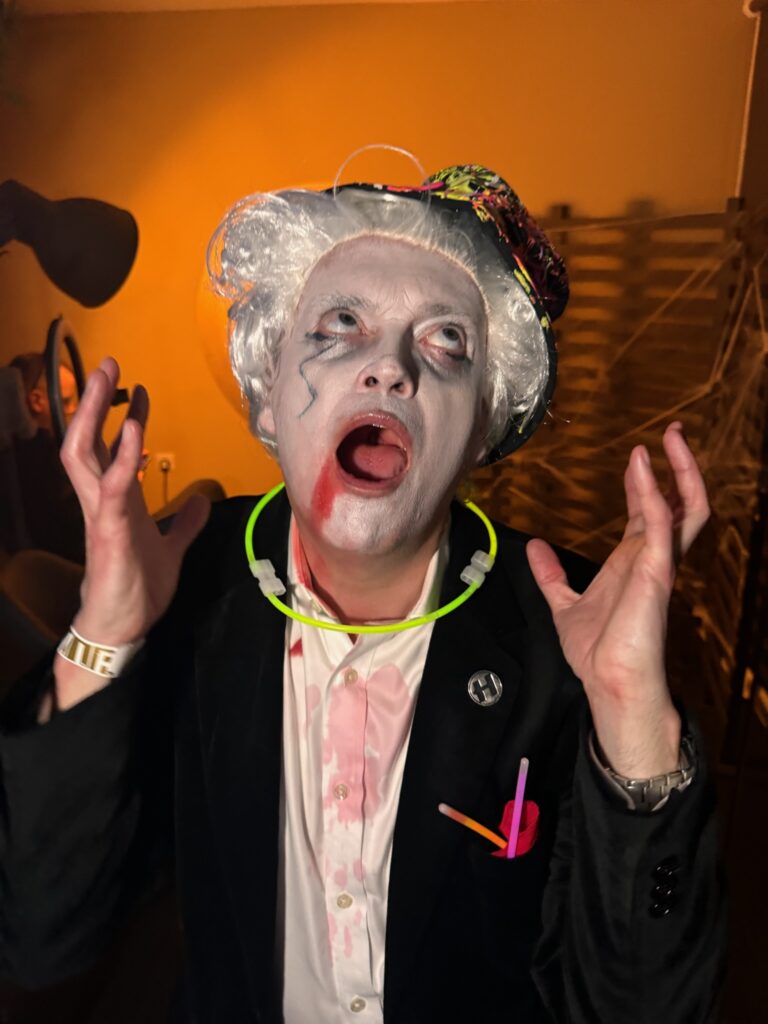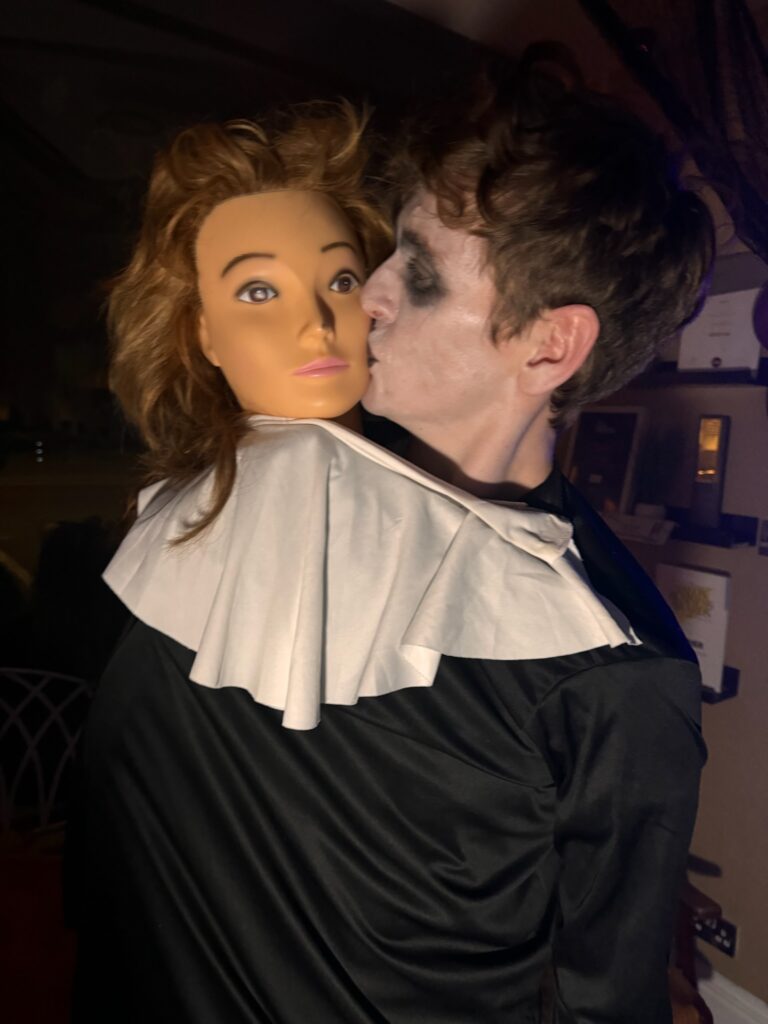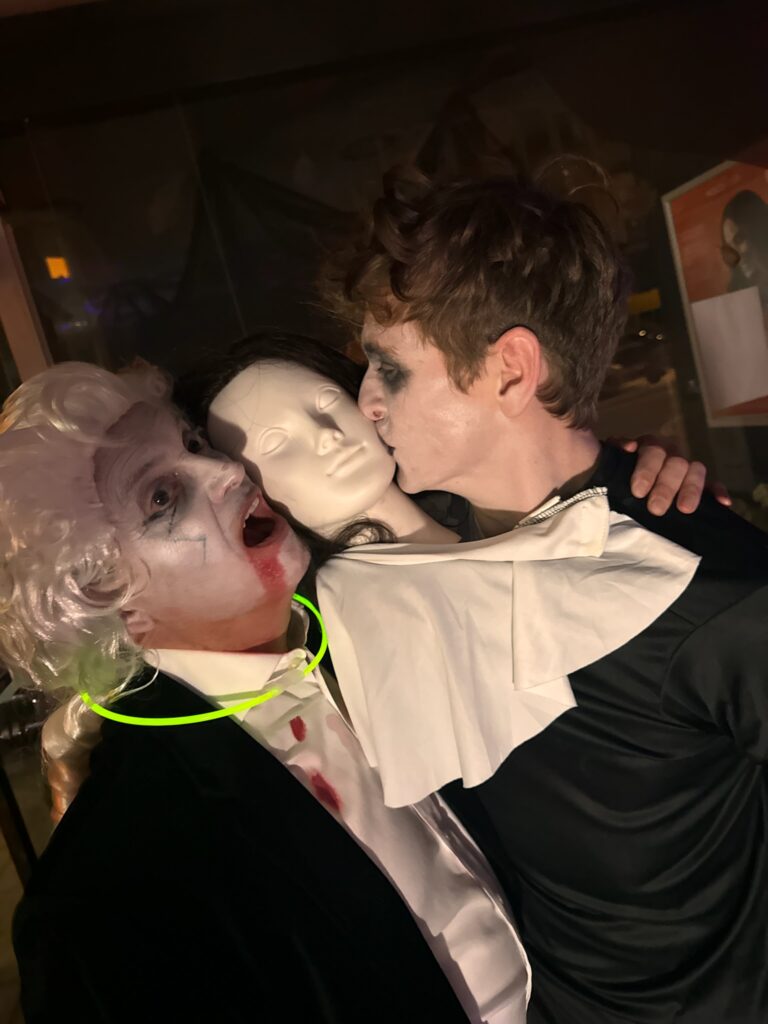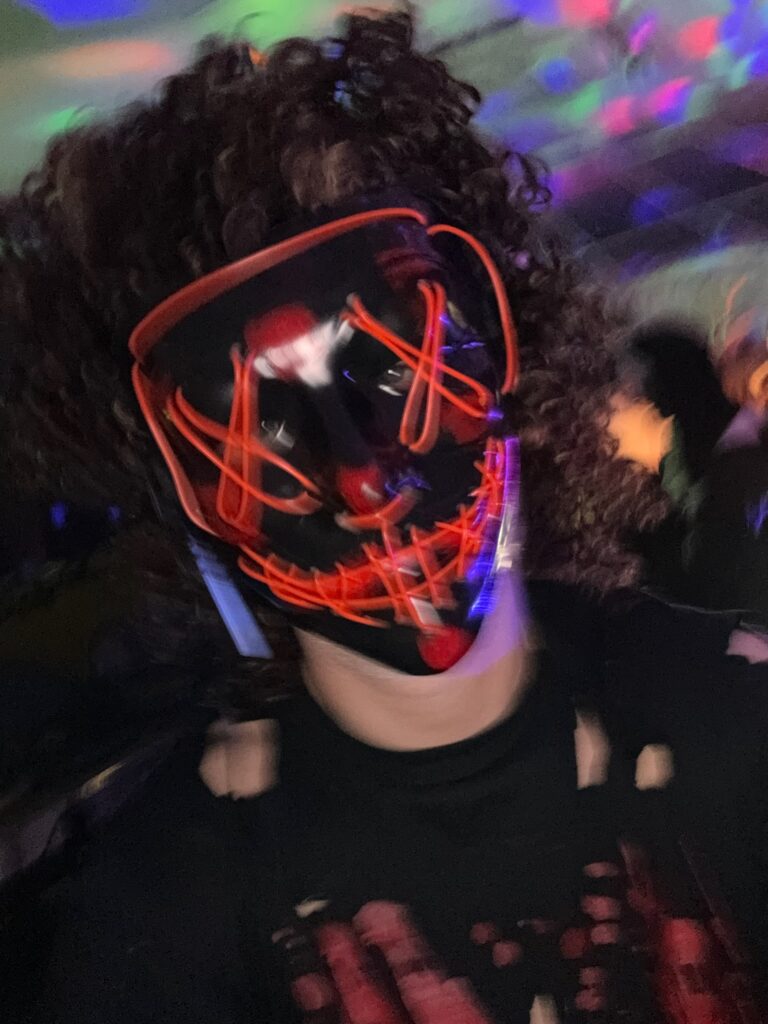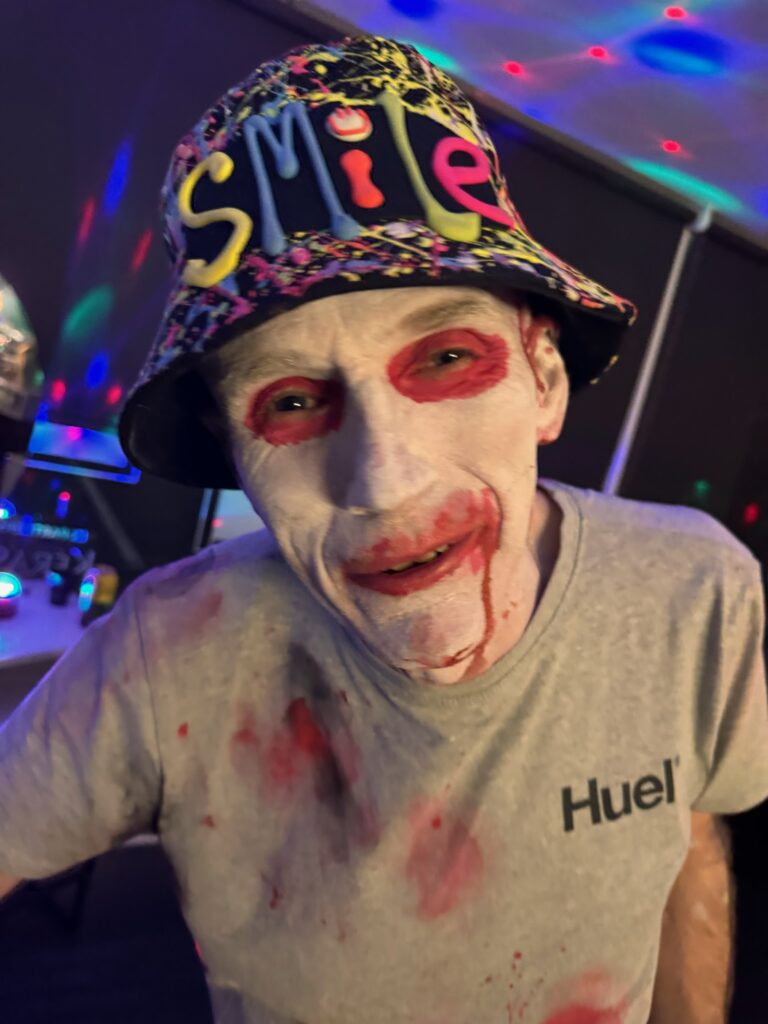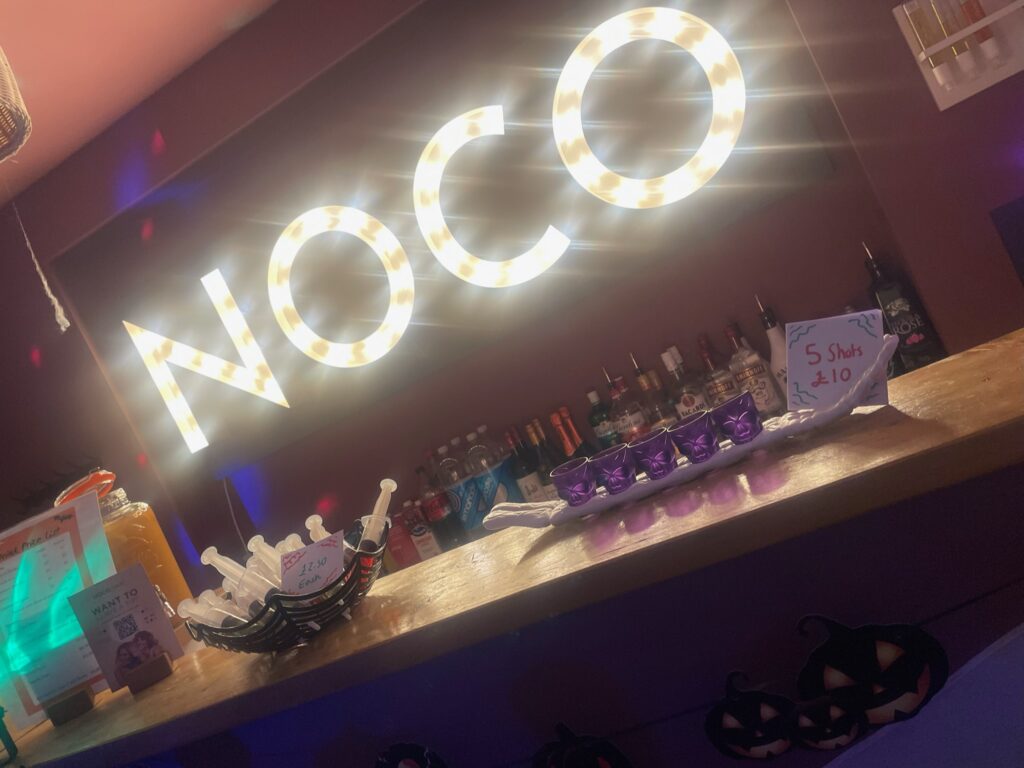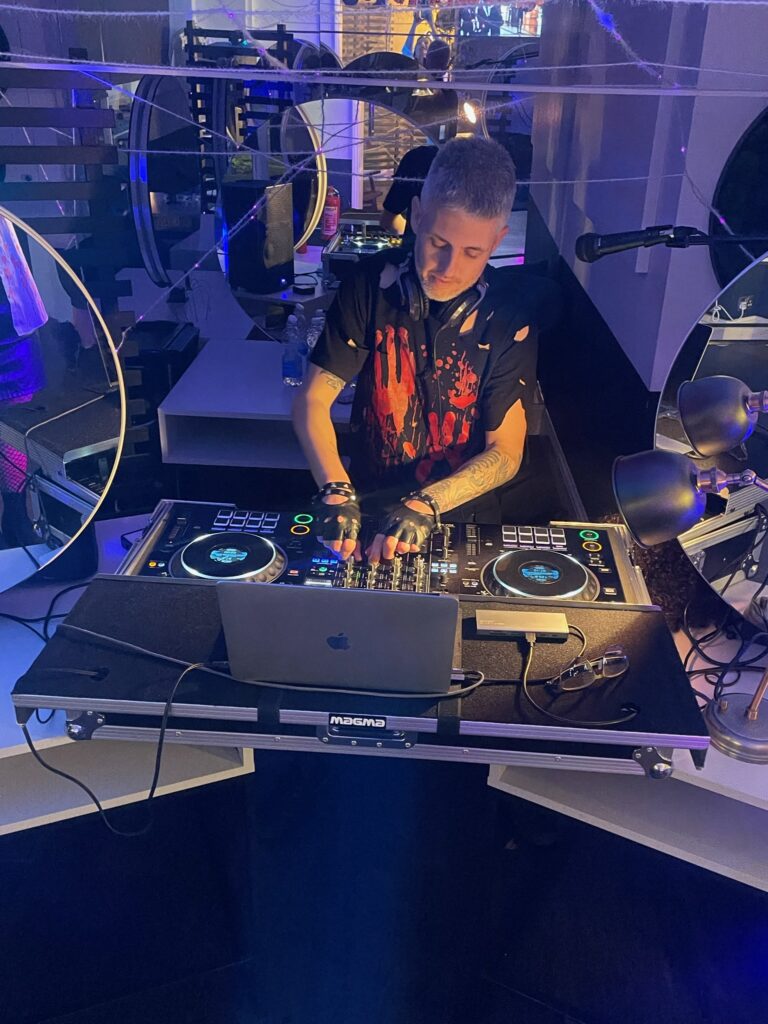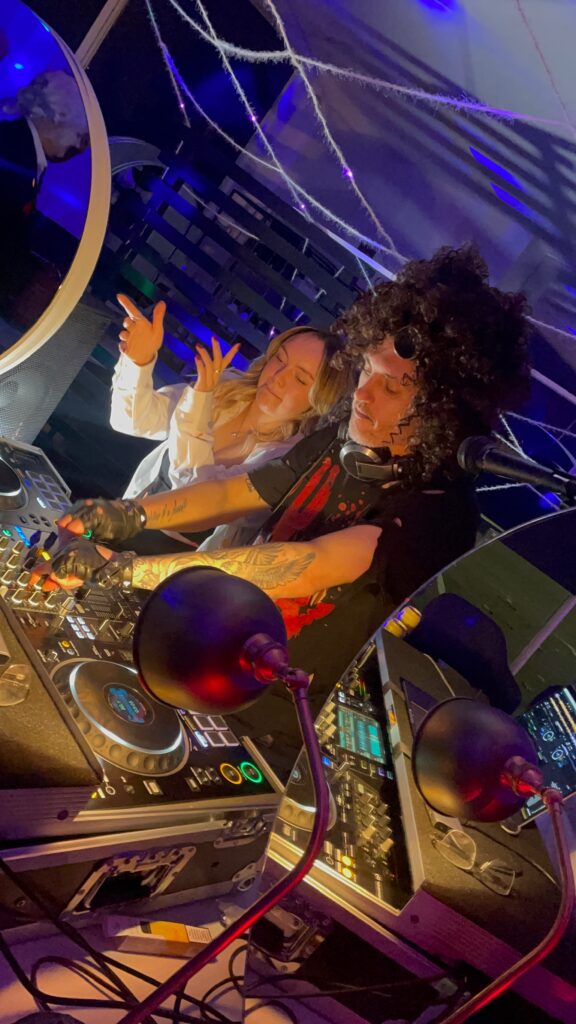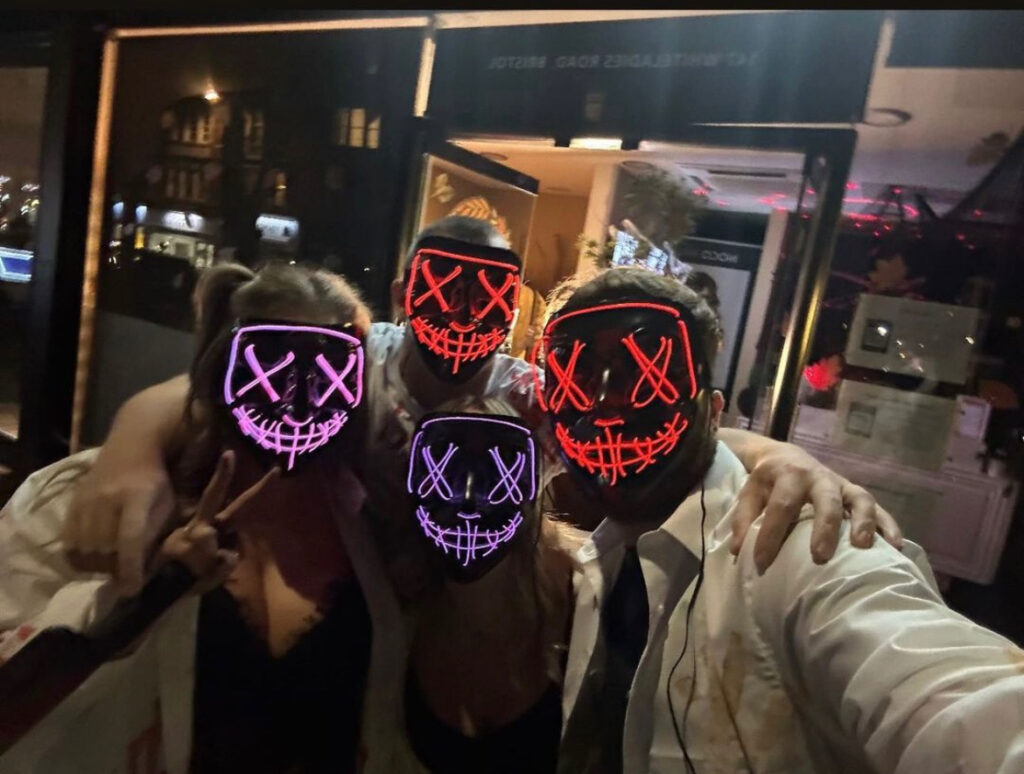At NOCO Hair, we care deeply about how you feel when you leave the salon. While we always aim for perfection, we also know that hairdressing is both an art and a collaboration—and there are times when the result may not align with the vision you had in your head.
Maybe your hair reacted differently than expected. Maybe the style felt right in the chair, but doesn’t feel quite “you” at home. Or maybe it’s just not what you were hoping for. Whatever the reason, this post is here to guide you through the next steps with clarity and calm.
Step 1: Say Something While You’re Still in the Salon
If something doesn’t feel right during your appointment, please speak up to your stylist. They are trained to handle feedback with professionalism and respect, and they’ll often bring in a colleague to collaborate on a solution. If time allows, we’ll do everything we can right there and then to make it right.
Step 2: Take a Breath and Live With It (Briefly)
Sometimes, it takes a few days to know how you really feel. Your stylist may recommend that you try styling it yourself, wash it once or twice, or view it in different lighting before rushing to judgment. Often, this is all it takes to settle into something new.
Step 3: If It’s Still Not Right, Let Us Know
If after trying it at home, you’re still not happy, get in touch as soon as possible. Contact us within 10 days of your original service so we can bring you back in and work together on a solution.
Contact:
📞 Call: 0117 403 0998
📧 Email: [email protected]
Please include:
- Your name
- The date of your visit
- A brief description of what you were hoping for
- What you don’t like about the result
- What you think the right solution might be
Step 4: We’ll Work With You to Make It Right
If possible, we’ll bring you back into the salon and do everything we can to fix it within reason. Our team will consult, collaborate, and treat it with urgency and care.
If we still can’t get you to a place where you feel confident and happy, we will offer a refund for the part of the service you’re unhappy with. For example:
- If the haircut is fine, but you’re unhappy with the colour → you’ll receive a full refund for the colour portion (excluding any treatments).
Your Guarantee
To honour our Client Care Guarantee, you must contact us within 10 days of the original service. After that period, we’re no longer able to offer corrections or refunds.
One Final Note
We believe the best hair starts with a great consultation. If at any point before the service begins you feel we’re not fully aligned, we’d far rather pause, clarify, or reschedule than go ahead with uncertainty. Trust and communication are key—and we’re on your team.
At NOCO Hair, we believe loyalty should feel like more than just a thank you—it should feel like a reward. That’s why we created NOCO Rewards: our own points system that gives back every time you visit.
Just like collecting airmiles, you’ll earn points from day one that you can use towards selected retail and homeware products in the salon.
How it works:
- Every visit earns you points (the amount may vary depending on current offers or promotions).
- Points can be redeemed in-salon on retail and lifestyle products only.
- You can check your balance anytime in salon or by using the NOCO Hair app—available on the App Store and Google Play.
Whether it’s a new shampoo you’ve fallen in love with or a candle that gives your bathroom salon vibes, your points are our way of saying:
“Thanks for being part of the NOCO family.”
Why Do I Need a Patch Test?
At NOCO Hair, your safety and comfort are just as important to us as the end result. That’s why we require a patch test for all colour services—no exceptions.
👉 If you’re planning to have colour with us and haven’t had a patch test or colour service at NOCO in the last 6 months, you’ll need one at least 48 hours before your appointment.
Even if you’ve coloured your hair for years with no issues, reactions can still happen—especially when switching brands or salons. Reactions can include:
- Skin irritation or rashes
- Swelling or discomfort
- In rare cases, more serious allergic responses
We use L’Oréal Professionnel colour and follow their strict guidelines to make sure every service is as safe as it is stunning.
How does it work?
It’s quick and easy:
We apply a tiny amount of colour to the inside of your arm, and you’re free to go straight after. The test takes less than 5 minutes.
Once done, you’re covered for 6 months unless your health changes or you switch your colour service significantly.
We recommend adding your patch test to a consultation—it’s the perfect time to talk through your colour goals and make a plan with your stylist.
Patch Test FAQs
I’ve had my hair coloured at another salon. Do I still need a patch test?
Yes. Every salon uses different colour lines, mixing methods, and products. We use L’Oréal Professionnel, and we need to test you with our system to be safe.
I’ve been colouring my hair for years and never had a problem. Why now?
Allergic reactions can develop over time, even if you’ve never had one before. Patch testing is simply a precaution to protect you—it’s about safety, not assumptions.
Can I sign a disclaimer to skip the patch test?
No, we’re afraid not. Disclaimers aren’t valid in place of testing. We’re committed to safety and legally required to follow manufacturer and industry guidelines.
I want to book colour soon—how quickly can I get tested?
Pop in anytime—we don’t need to book a full appointment just for a patch test. As long as it’s done 48 hours before your colour service, you’re good to go.
Where do you apply the patch test?
We place it on the inside of your arm, not behind the ear anymore. It’s subtle, quick, and you can carry on with your day as normal.
How long is my patch test valid for?
Your test is valid for 6 months, unless your health changes (e.g., pregnancy, illness, medication changes) or you switch to a new type of colour.
At NOCO Hair, your safety and comfort are just as important to us as the end result. That’s why, before any colour appointment, we require a patch test—a small but essential step in ensuring your visit is smooth, safe, and worry-free.
A patch test checks whether you might have a reaction or sensitivity to hair colour. Even if you’ve coloured your hair before, your body can change over time—and reactions, while rare, can be serious.
These reactions can include:
- Skin irritation or rashes
- Swelling or discomfort
- In very rare cases, more severe allergic responses
That’s why we follow strict safety guidelines and always test before colour services, especially when using our professional range, L’Oréal Professionnel.
What happens during a patch test?
It’s quick and simple:
We apply a tiny amount of colour on the inside of your arm, and that’s it. No need to wait in the salon—just leave it on and monitor it over the next 45 minutes before wiping/rinsing off.
Once completed, your patch test is valid for up to 6 months, as long as there are no changes in your health or hair routine.
Many guests choose to book their patch test alongside a consultation, which is a great way to meet your stylist, talk through your goals, and get everything set up in one visit.
Patch Test FAQs
I’ve had my hair coloured at another salon—do I still need a patch test with NOCO?
Yes. Every salon uses different products and processes. We use L’Oréal Professionnel colour, and are required to carry out our own test before your first service with us.
I’ve been colouring my hair for years with no problems. Why do I need this now?
Allergies can develop over time—even with familiar products. This is a safety-first approach for your well-being, not just a salon policy. It’s a small step that makes a big difference.
Can I sign a disclaimer instead? I promise I won’t make a claim.
We totally understand the intent, but no, sorry—we don’t accept disclaimers in place of patch testing. Our duty of care and our professional standards mean we must follow safe practice for every guest.
I need colour urgently—can I still get in?
If it’s your first colour visit with us, just pop in for a patch test at least 48 hours in advance. It only takes a minute and doesn’t require a full appointment. Once that’s done, you’re good to go.
At NOCO, it’s never just about the service—it’s about the relationship.
Patch testing is part of the care, connection, and professionalism that defines how we do things. Thank you for being part of a salon experience that puts people first.
At NOCO, we’re all about creating a smooth, respectful, and reliable experience for everyone. That means making sure your appointment runs on time, your stylist is ready, and the vibe in the salon is calm and stress-free.
But behind the scenes, every appointment involves a lot of moving parts—salon space, team members, stock, and schedules. When someone doesn’t show up or cancels last minute, it impacts not just our team, but other guests who would’ve loved that slot.
That’s why we’ve introduced a deposit system—simple, fair, and designed to keep things running smoothly for everyone.
Here’s how it works:
- To book your appointment, a 50% deposit is required (this excludes extras like treatments or toners).
- Your deposit is fully redeemable against your final bill when you come in.
- If you cancel or reschedule more than 48 hours before your appointment, we’ll refund your deposit in full.
- If you cancel or reschedule within 48 hours, or arrive too late for us to complete your service, your deposit will be retained—simply to cover the costs that the business still incurs.
It’s not about penalties—it’s about fairness and keeping the show on the road.
How to pay:
- You can pay your deposit online at the time of booking, or over the phone if you’re booking directly with our team.
- Many of our regular guests choose to keep a deposit on their account and roll it over between visits—it’s quick and convenient.
Need a refund?
No problem. Just email [email protected] with the subject line Refund Request, and include your full name and appointment details.
We’ll process your refund on our end within 3 working days.
We like to think of this a bit like booking a seat on a flight—you’re securing your space with us, and we’re preparing everything to make your experience the best it can be. Thanks for understanding, and for helping us keep NOCO running beautifully for everyone.
As the saying goes, “birds of a feather flock together”—and we believe great people know great people. If you’ve visited NOCO and loved your experience, why not share it with your friends, family, or colleagues?
Here’s how it works:
- Give your friend your name and referral code.
- When they visit us, they’ll receive 25% off the most expensive part of their service—either the cut or colour.
- Once they’ve been in, you’ll get 25% off your next cut or colour too.
There’s no limit to how many people you can refer—so keep spreading the love. Just remember, only one offer can be used at a time.
Referrals aren’t just about discounts—they build trust, community, and connection. By helping us grow the NOCO family, you’re helping create a more beautiful (and happier) world.
Please note: The refer a friend offer cannot be used in conjunction with any other offer
At NOCO Hair, we’re in the business of relationships—not just results. That means we care about how your hair feels not just on the day of your appointment, but every day after.
We know that getting the perfect result can sometimes take a little fine-tuning. Maybe your new fringe needs time to settle. Maybe a toner turned out slightly ashier than you imagined. Or perhaps the style felt great in the salon, but you usually wear it curly and need to see how it works at home.
That’s why we offer the NOCO Client Care Guarantee—a safety net to make sure you’re 100% happy:
- A complimentary wash & blow-dry within 2 weeks of your first visit.
- 20% off your second cut or colour if you return within 7 weeks—perfect for ongoing maintenance or a second session.
- And if you’ve followed the process and still don’t love it? We’ll refund the part of the service you’re not happy with. No fuss, no awkwardness.
Please note: When booking with Noel, the Client Care Guarantee is only available if you’ve had a Gameplan Consultation beforehand.
This isn’t just a nice add-on. It’s our promise to you.
Because we believe the bond between client and hairdresser is one of the most special relationships in the world—and we’re committed to getting it right, together.
Please note: Care blow-dries must be booked in-salon or over the phone (not online). Skin testing, deposits, and other standard policies still apply. Terms & conditions available on request.
After being contacted by The Sunday Times about potential hair loss linked to Bristol’s water, NOCO’s Noel Halligan teamed up with renowned trichologist Mark Blake to dive into what might really be going on. From hidden scalp fungus to water quality myths, this 20-minute chat uncovers some surprising truths.
Watch now to hear what we uncovered — and the facts that left us both shocked.
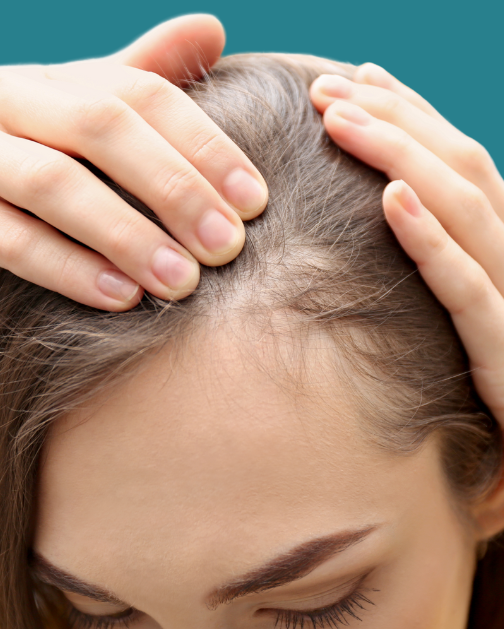
We’re so proud to share that NOCO Hair has been named Independent Newcomer of the Year at HJ’s British Hairdressing Business Awards 2019.
Based on Whiteladies Road in Clifton, our Bristol salon launched in 2018 with a simple mission: to create an inspiring space for both clients and stylists. Just one year later, we were honoured on a national stage for turning that vision into a reality.
The award celebrates entrepreneurs who have successfully launched a salon within the last two years, recognising excellence in business planning, client retention, and growth. Out of entries from all over the country, we were selected for our strong foundations, creative marketing, and team-first culture.
We were thrilled to receive the award live in London — and even more excited to be presented the trophy by Vernon Kayhimself!
“We’ve asked a lot of questions, listened, learned, and shaped something that really works for us — and most importantly, for our team,” said Corey. “This award is a celebration of them and everyone who’s supported us along the way.”
Jayne Lewis-Orr, Executive Director of the awards, shared:
“Corey and Noel have crafted an incredible business with individuality, strong structure, and real entrepreneurial spirit. They are fantastic ambassadors for the industry.”
We’re beyond grateful to be part of this vibrant industry, and this recognition only strengthens our commitment to raising standards and supporting others to grow — one great haircut at a time.
We’re beyond proud to share that NOCO Hair has been named a finalist for Educator of the Year at this year’s British Hairdressing Business Awards, hosted by HJ.
Out of salons from across the UK, we’re one of just six to make the shortlist in a category that celebrates real commitment to education, skill development, and inspiring the next generation of stylists.
This recognition means the world to us. Education has always been at the heart of everything we do – not just for our clients, but for our team too. We’ve spent years building a culture where learning never stops, support is part of the job, and every stylist is encouraged to become the best version of themselves.
“To be recognised on a national stage like this is huge for us,” said Noel Halligan, co-founder of NOCO Hair. “Our team works so hard to create an environment where people can truly grow, and this feels like a celebration of that vision.”
Backed by our training academy, partnerships with L’Oréal and GHD, and our internal development programme, we’re proud to have created a space where stylists thrive — whether they’re just starting out or stepping into leadership roles.
The British Hairdressing Business Awards are now in their 27th year, shining a spotlight on the people and teams pushing the industry forward through creativity, professionalism, and resilience. The winners will be announced on Monday 7th July at the Royal Lancaster in London — and we’ll be there in our best outfits, cheering on everyone in the room!
Thank you to our team, our clients, and our partners for being part of this journey. We’re just getting started.
Happy Halloween from NOCO Hair! 🎃 We had an incredible time celebrating with you all at the NOCO Nights Halloween Ball.
Thank you to everyone who came out in style—your costumes, energy, and Halloween spirit truly made the night unforgettable! Held at the salon, the evening was a perfect mix of fun and flair, with the ideal space to let our hair down together.
Watch our video for highlights from this special night, and keep an eye out for more events to come!
Here are some photos from a very spooky night…
